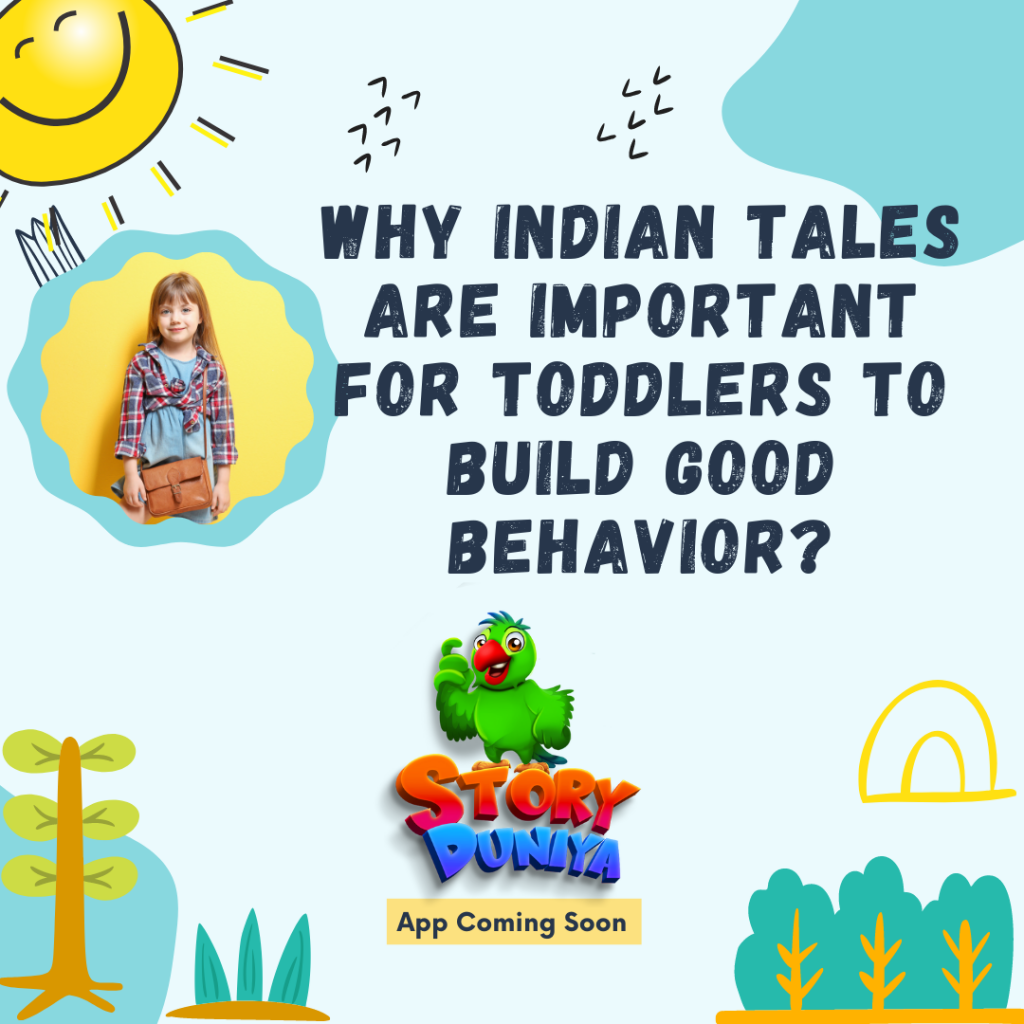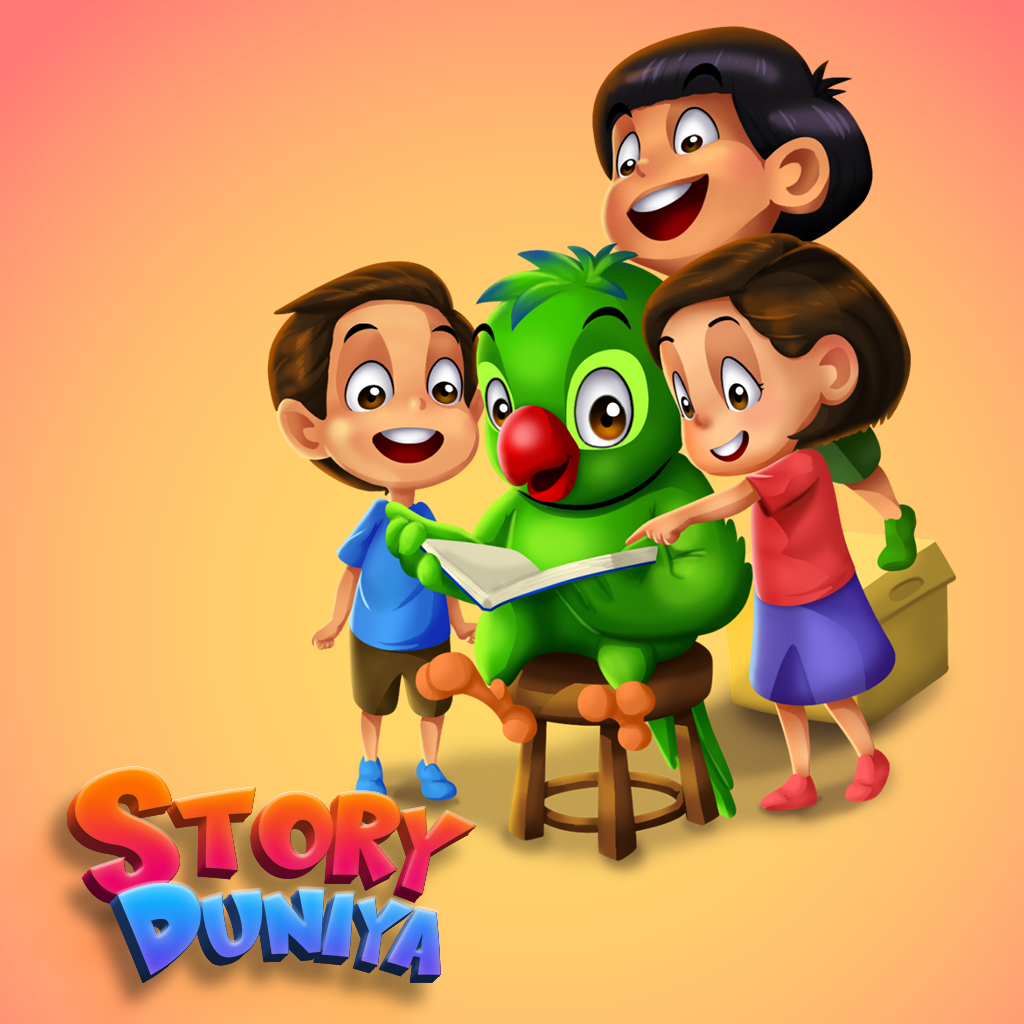Kids used to only read books to hear stories. But now, things have changed a lot with technology. Animated storybooks are now more popular with kids than ever before. In this blog post, we will talk about how animated storybooks have changed from printed books to digital ones and how this has affected how kids read.
The History of Animated Storybooks
A long time ago, in the 20th century, a guy named Walt Disney made a cartoon character called Mickey Mouse. Mickey Mouse was in a movie in 1928 called Steamboat Willie and lots of people liked it. After that, Disney made books with pictures of his characters, so they looked more real.
1960s

In the 1960s, printing technology got better, so pictures in kids’ books could have more colors. Illustrators could make more complex and detailed images, and picture books became even more popular.
1980s

With the advent of digital technology in the 1980s, a new type of storytelling emerged. Computer animation enabled more complex, interactive stories for children to engage with dynamically. Technological advancements in the mid-1980s paved the way for new forms of interactive media. In 1986, the first animated storybook on CD-ROM was released, revolutionising the way children could explore and interact with characters in a story.
1990s

In the 1990s, the internet became popular, and kids could access many stories and interactive media online easily. Websites like Storyline Online and Starfall offer free stories online to kids, making reading more engaging and interactive.
2000s

In the 2000s, the rise of mobile technology brought a new wave of digital storytelling. The first animated storybook apps enabled children to read and interact with stories on mobile devices. Sound effects and animations in animated storybook apps offered children a more immersive experience, bringing stories to life.
Present Time

Animated storybook apps are now widely available on platforms like iOS, Android, and the Kindle. These apps offer a range of features, including read-aloud narration, interactive animations, and educational content. They are designed to engage children and help them develop their reading skills.
Impact of Animated Books

When kids read animated storybooks on digital devices, it can greatly impact their reading habits. It’s because they find it interesting and fun, which encourages them to read more. Also, reading on digital devices has other benefits too.
Animated storybooks on digital devices have advantages for parents and teachers. They help kids learn more outside of class and can make them like reading more. They also let kids read stories wherever they are, which is very handy.
The Story Duniya animated book story apps are really good for encouraging kids to read. These apps use technology and animation to make reading more fun and interesting. This can help kids who don’t usually like reading enjoy it more and make it easier for them to access stories.
Conclusion
The change from print to digitally animated storybooks is a big deal in kids’ storytelling. These books are interactive and easy to use, which makes them better than regular books. As technology keeps improving, animated storybooks will keep getting better too, giving kids even more fun ways to enjoy stories.
The Story Duniya app can also help kids get better at listening. It has pictures and animations that make the story easier to understand, so kids can improve how much they understand what they’re hearing.
Using technology to read can help kids become better at using computers and digital tools. As technology becomes more important, it’s really important for kids to learn how to use it well.
The Story Duniya app is a fun way for kids to read and learn. It makes reading more interesting and can help kids get better at using digital tools.

App Coming Soon.




